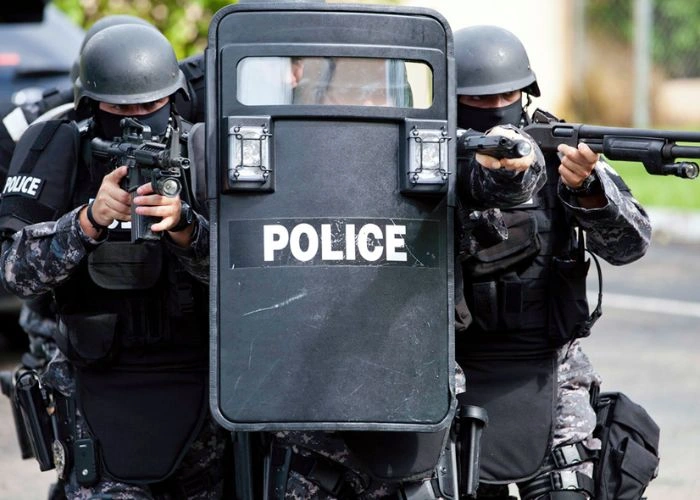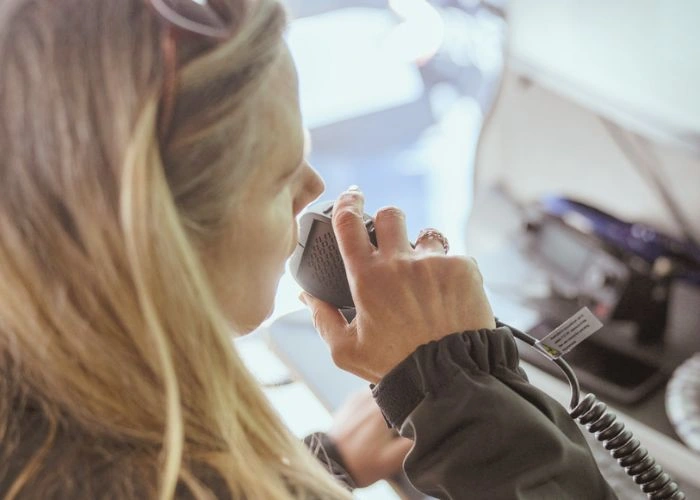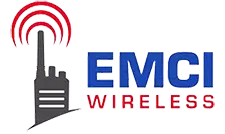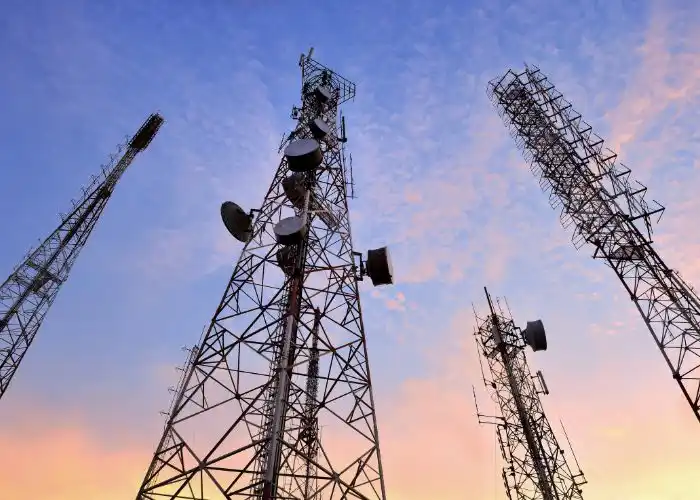Interoperability in emergency communications means different agencies and systems can easily share and use information during crises. In simpler terms, it’s like different puzzle pieces fitting together to create a clear picture. Seamless communication during emergencies is crucial because it helps responders work together effectively, like a well-coordinated team. Two-way radios play a key role in making this happen by allowing instant communication between different groups involved in emergency response.
The Challenge of Communication in Emergency Situations
In times of crisis, communication breakdowns can spell disaster. Unfortunately, one significant challenge is the need for interoperability among different agencies involved in emergency response. Picture this: firefighters, police officers, and medical personnel all need to work together seamlessly during emergencies, but if their communication systems can’t “talk” to each other, it’s like trying to solve a puzzle with missing pieces.
An emergency, by definition, is sudden and dangerous, demanding swift action to safeguard lives and property. In the United States alone, a staggering 240 million calls flood emergency lines like 9-1-1 each year, with most originating from wireless devices. Emergency responders must have interoperable communication systems to address these urgent situations effectively.
Consequences of communication breakdowns during emergencies can include:
- Delays in response times
- Inability to coordinate resources effectively
- Confusion and chaos among responders
- Compromised public safety due to lack of timely information sharing
The need for efficient coordination and information sharing cannot be overstated. Lives depend on it when every second counts; emergency personnel must be able to communicate seamlessly to mount an effective response and ensure the safety of those in harm’s way.
Understanding Interoperable Communication Systems
Interoperable communication systems refer to networks that allow different agencies and organizations to exchange and utilize information seamlessly during emergencies. Components of such systems include compatible radio equipment, standardized protocols, and shared frequencies.
According to the U.S. Department of Justice, achieving interoperability faces challenges such as incompatible radio equipment, language barriers, and differing frequency bands used by various agencies. However, several radio technologies promote interoperability, including simplex systems, conventional radio repeater systems, and trunked radio systems.
Agencies should optimize their internal communication systems to promote interoperability, agree on basic requirements, and collaborate to achieve common goals. Low-cost solutions like preprogrammed radios, shared frequencies, and plain language usage also aid in fostering interoperability.
Advantages of interoperable systems in emergency response include:
- Enhanced coordination and collaboration among agencies
- Faster response times due to streamlined communication
- Improved situational awareness for all responders
- Greater efficiency in resource allocation and deployment
Examples of successful interoperable communication implementations include joint training exercises between emergency services, the adoption of standardized communication protocols, and the use of interoperable radio systems during multi-agency responses to disasters like hurricanes or wildfires.

Two-Way Radios: The Backbone of Interoperable Communication
Two-way radios are indispensable tools in enhancing community safety, public services, and promoting cohesive inter-agency responses. EMCI Wireless, partnered with Motorola Solutions, stands at the forefront of this mission, providing critical communication products to support public safety and community well-being.
Together, they champion the principles of Detect, Analyze, Communicate, and Respond.
Technology is the linchpin for detecting critical events, analyzing data, communicating across diverse networks, and responding swiftly. With a history of 90 years, Motorola Solutions has been instrumental in enhancing community safety, and EMCI Wireless proudly contributes to this legacy.
Here’s how two-way radio technology upholds the principles of Detect, Analyze, Communicate, and Respond:
- Real-time Data Analysis: Advanced technology like Appearance search, CommandCentral Aware and Self-learning video analytics enable agencies to swiftly analyze real-time data, aiding in the recognition of important events and trends for timely decision-making crucial for public safety.
- Interconnected Communication: Motorola digital portable radios, such as the latest APX Next and WAVE TLK ensure seamless communication across various devices and networks, fostering instant connectivity vital for effective collaboration among responders.
- Immediate Response Coordination: Two-way radios facilitates the mobilization of coordinated responses, ensuring swift and organized reactions to dynamic situations, both internally and with response teams from various agencies. Agencies can leverage the mapping of real-time GPS location tracking of devices, enabling for increased efficiency to any situation.
In emergency situations, two-way radios offer several benefits over cell phones:
- Reliability: Two-way radios operate independently of cellular networks, ensuring communication even in areas with poor or no cell coverage.
- Instant Communication: Radios provide instant push-to-talk communication, allowing for rapid exchange of information without the need for dialing or waiting for connections.
- Durability: Designed for rugged environments, two-way radios are built to withstand harsh conditions, ensuring reliable communication in any situation.
In public services, where every second counts, two-way radios provide a superior option, ensuring seamless and reliable communication for effective emergency response.
Contributing to Effective Crisis Management
Crisis management involves strategically handling an unexpected event or emergency to minimize its impact on individuals, organizations, and communities. Two-way radios play an integral role in crisis management by enhancing situational awareness through real-time communication.
Imagine a wildfire spreading rapidly through a forest. Firefighters equipped with two-way radios can quickly communicate updates on the fire’s movements, ensuring that everyone involved remains informed and able to adjust their response strategies accordingly. Similarly, medical personnel can use two-way radios to coordinate patient triage and treatment during a mass casualty incident, ensuring that resources are allocated effectively.
In addition to enhancing situational awareness, two-way radios facilitate the efficient coordination of response efforts and resources. For example, in the aftermath of a natural disaster like a hurricane, rescue teams can use radios to communicate their locations and resource needs, allowing for fast aid deployment to the areas most in need. This ensures that response efforts are coordinated and resources are distributed where they are needed most, maximizing their impact and effectiveness.
Furthermore, two-way radios improve decision-making and response times by enabling instant communication between responders and decision-makers. For instance, in a hostage situation, law enforcement officers can use radios to relay critical information to command centers, allowing for quick assessment of the situation and implementation of appropriate response strategies.

Addressing Challenges and Moving Forward
Choosing the right communication system for a public safety agency requires thorough comparative analysis to ensure it aligns with mission requirements and operational needs. To enhance interoperability, agencies can follow these essential tips:
- Ensure internal communication systems function smoothly before attempting interoperability with external systems.
- Strengthen collaborative relationships with other agencies to facilitate interoperability solutions effectively.
- Obtain agreement from all stakeholders on basic requirements and recognize systems’ ongoing maintenance, upgrades, and eventual replacement needs.
- Set realistic interoperability goals that align with available resources and provide achievable outcomes.
- Implement low-cost interoperability solutions, including preprogramming radios with national interoperability channels, sharing radio frequencies with neighboring agencies, and adopting plain language communications.
Investing in technology and training is a must for effective communication. Up-to-date technology ensures compatibility and reliability in critical situations, while comprehensive training equips personnel with the skills to utilize communication systems effectively under stress.
Industry stakeholders play a critical role in promoting interoperability. Stakeholders create a cohesive communication network that enhances public safety and emergency response efforts by collaborating with agencies, providing innovative solutions, and advocating for interoperable standards.
EMCI Wireless is Your Partner in Achieving Interoperability in Emergency Communications
Interoperable communication systems are lifelines that ensure effective coordination and response. Motorola two-way radios, like those offered by EMCI Wireless, are essential tools in facilitating seamless communication among agencies during crises. As we reflect on the significance of interoperability, it’s clear that continuous efforts are needed to improve systems and practices. EMCI Wireless is ready to assist, providing tailored recommendations on the right two-way radios to meet the unique needs of each agency. Let’s work together to enhance interoperability, thereby bolstering public safety and crisis management efforts for the benefit of all. Contact us or request a quote today.




